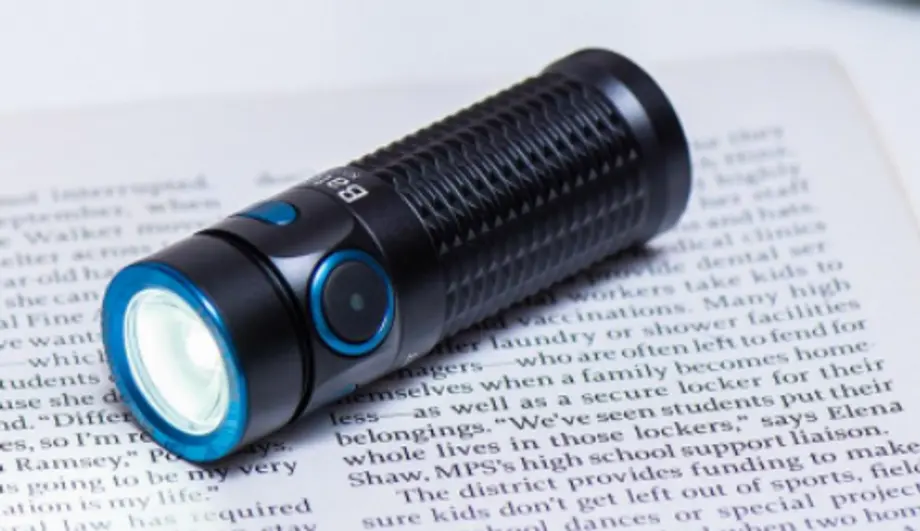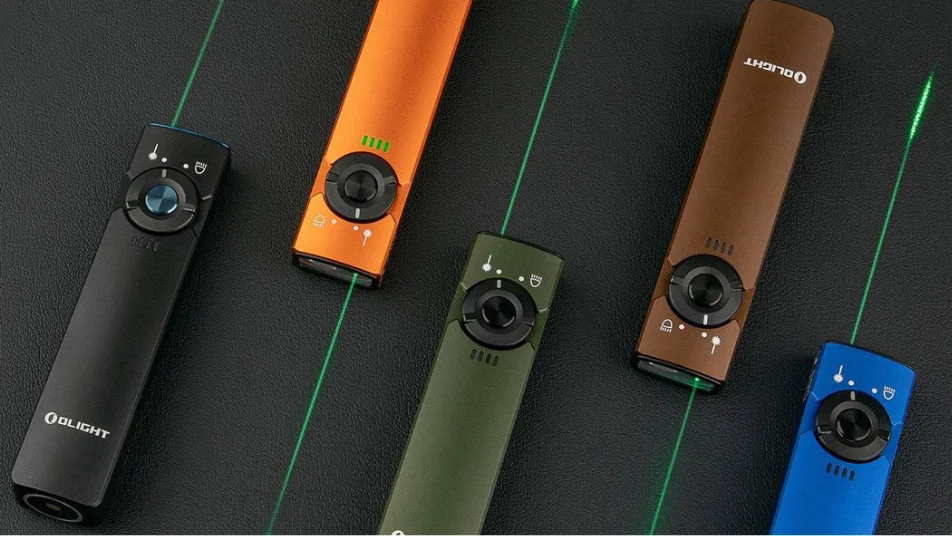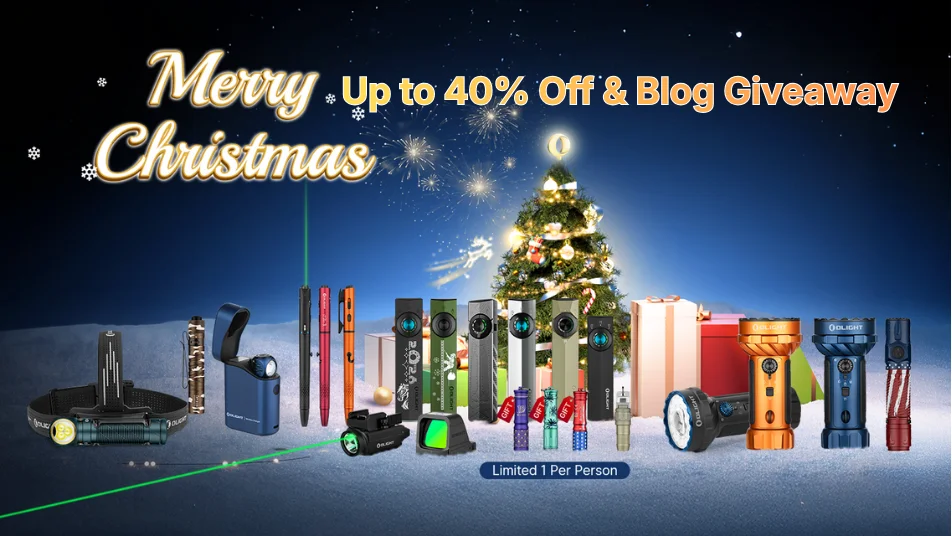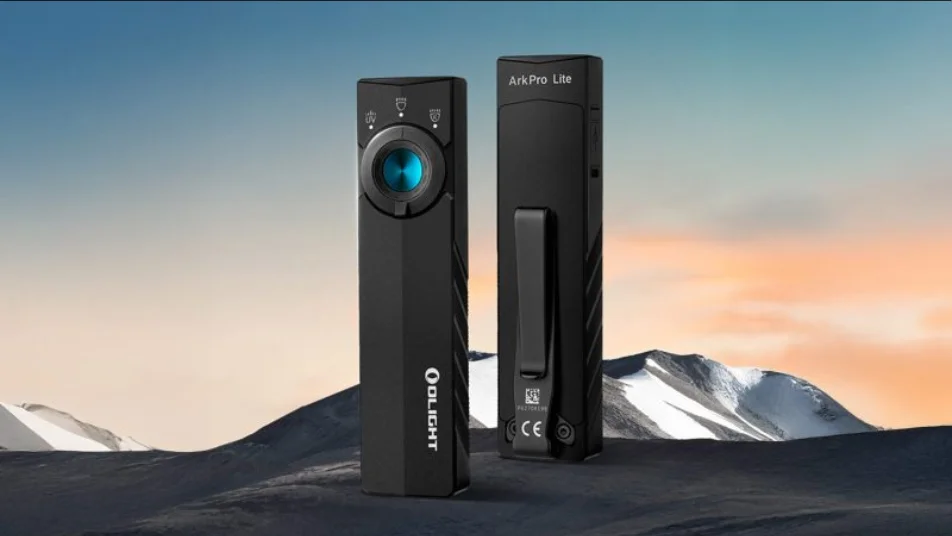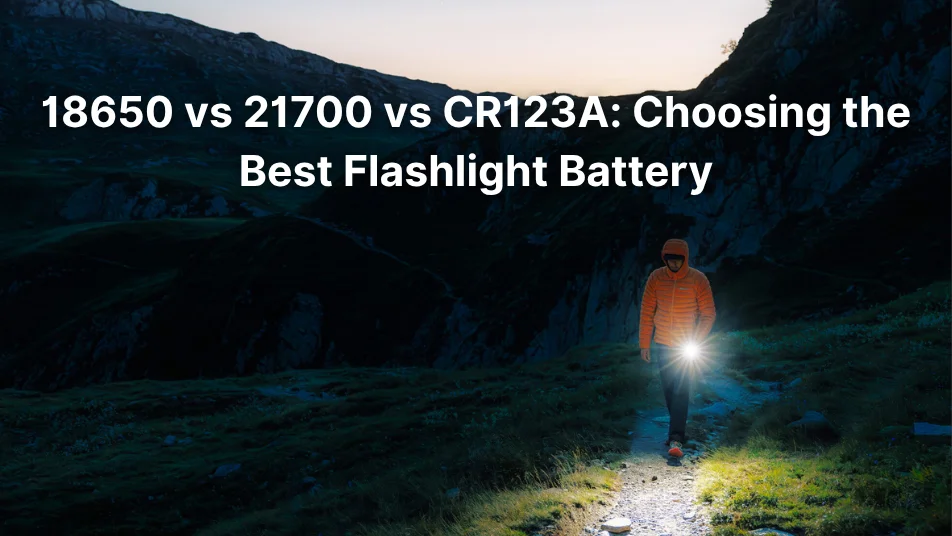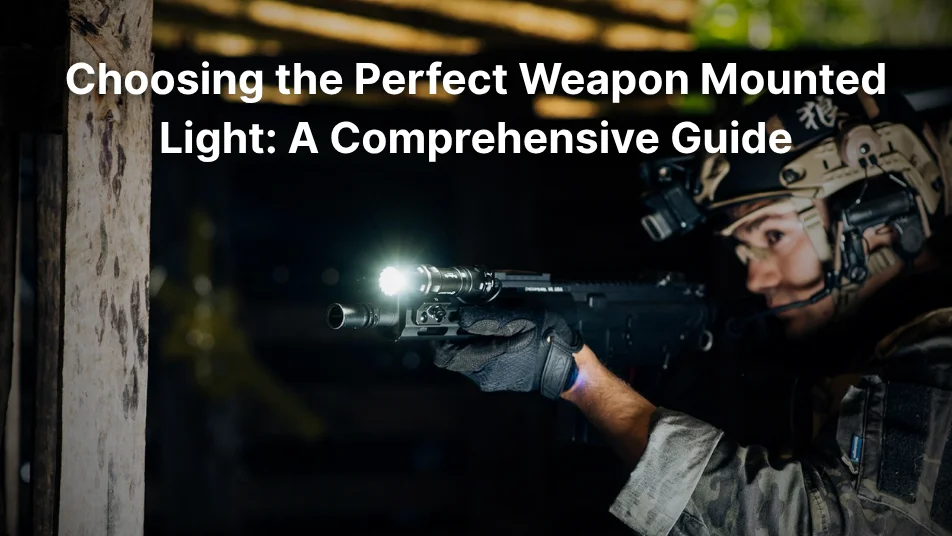A flashlight is a very valuable tool. Flashlights may be the same size but can range in price from tens of dollars to well over a thousand dollars.
Disposable battery flashlight
Disposable battery flashlights initially used tungsten filament bulbs + alkaline batteries, with a surface electroplated iron sheet as the shell. The first generation of flashlights, commonly known as "old-fashioned flashlights", generally use tungsten filament incandescent bulbs, which have low luminous efficiency, short service life, and are easy to burn out. The battery uses a large alkaline battery, which has a large capacity but low battery life. The shell of the flashlight is made of plated iron, which is lightweight but simple in craftsmanship. The second-generation flashlight has a new breakthrough in both performance and appearance. A typical representative of the second-generation flashlight is the use of krypton bulbs + alkaline batteries, which have longer bulb life and longer battery life. The aluminum alloy is used as the shell material, and the surface is oxidized. The craftsmanship is fine, the appearance is exquisite, the color is rich, and the texture is quite good. Another typical representative is the use of xenon bulbs + lithium-ion batteries, which have longer bulb life, greatly improved brightness, and higher color temperature. The concept of "tactical flashlights", has opened up a new market for flashlights.
Rechargeable flashlight
The rechargeable flashlight is a new type of lighting tool with light-emitting diodes as the light source, which has the advantages of power saving, durability, and high brightness. A rechargeable flashlight is a handheld electronic lighting tool that can be recharged repeatedly. The rechargeable flashlight is environmentally friendly, usually using LED bulbs, which have a long life and are suitable for the lighting at night and outdoor lighting. Rechargeable flashlights are designed for energy-saving and environmental protection society, and it is also a way for businesses to adapt to consumer needs and reflect social responsibility. The appearance of the rechargeable flashlight solves the trouble of replacing the battery, and also advantageously protects the environmental resources. Rechargeable flashlights usually use LED bulbs, which have a long life. The light of the flashlight is close to sunlight, which is bright and clear, which is conducive to distinguishing the true color of objects.

Comparative analysis
While disposable batteries are the most commonly used power source for flashlights, alternative power sources have grown in popularity in recent years and are definitely worth considering.
1. Rechargeable batteries are cheaper in the long run
A flashlight with a rechargeable lithium battery (or "rechargeable torch" for short) is a long-term investment, especially if you're going to use it regularly. These types of flashlights can usually be charged simply by plugging into a wall or laptop via a USB cable. These batteries may cost more than using disposable batteries, but they are much cheaper in the long run. After all, a typical two AA disposable battery will last up to 24 hours at low brightness settings. Buying a new battery for the flashlight will only get more expensive with regular use.
2. They are also environmentally friendly
For many, it is also important to consider the environmental impact of rechargeable versus disposable batteries. Batteries are full of toxic chemicals and harmful substances. Even though the new batteries contain less mercury than before, it's still not very good for the environment to simply throw them in the trash. Once they run out, you still have to deal with recycling them. Depending on where you live and available recycling services, it can range from mild inconvenience to severe distress. Rechargeable batteries mean you won't have to recycle as often as you would with disposable batteries.
3. Disposable batteries are not stored well
Flashlights are invaluable during emergencies, such as power outages and natural disasters. However, disposable batteries don't have a very long shelf life, so relying on emergency batteries to fix them may not be the best solution. Alkaline batteries tend to leak toxic chemicals if left on a shelf for too long. If you want to have a flashlight that uses disposable batteries in an emergency, you must use and restock the batteries regularly so they don't go bad until you need them, which can make it very expensive.
LED flashlight advantages
The LED flashlight is composed of multiple diodes, and the color temperature is very high. It gives people a very bright visual experience, which is it's characteristic. In addition, he is very energy-saving, and a AA battery can last for more than ten hours. The other is the magnesium-aluminum alloy metal shell, which is small in appearance, windproof, rainproof, and anti-corrosion, which is very suitable for outdoor use. But the biggest shortcoming of this product is that the irradiation distance is very small, usually only twenty meters, and it is difficult to see clearly from a distance. The above are the shortcomings of this torch itself. The following are some small factories that follow the production because they see a large profit, and the price continues to drop, resulting in a decline in the aluminum alloy material of the flashlight. In addition, to cater to many people's psychology that they are bright, they increase the current in order to make the LED brighter. In fact, the diode of an LED flashlight is not the highest in the whole cost. It's a magnesium-aluminum alloy casing. The main thing is the weight and craftsmanship. The products produced by large factories are more formal, the weight is relatively sufficient, and the craftsmanship is very particular. And some small factories are very rough. There is also an LED to control the current, otherwise, it is easy to burn out. Therefore, the selection of LED must pay attention to the above points.
In addition, the difference between LED multi-lamp and single lamp 1W, single lamp 1W is a new type of light source, which is very popular abroad. This LED is mainly a lamp, high-power design, and also has a concentrator. If the quality is good, it can be irradiated more than 100 meters away, but the price is generally higher. The well-made ones have drive circuits, and the appearance is also very beautiful, and the metal oxide film is used as the exterior decoration. The choice of this product must depend on the process and the size of the factory. Otherwise, the quality cannot be guaranteed, and the price is still very high.

The main advantages of LED flashlights are as follows
1. High energy saving
Energy-saving energy without pollution is environmental protection. DC drive, ultra-low power consumption (single tube 0.03-0.06 watts) electro-optical power conversion is close to 100%, the same lighting effect saves more than 80% energy than traditional light sources.
2. Long life
The LED light source is called a longevity lamp, which means a lamp that never goes out. The solid cold light source, epoxy resin encapsulation, no loose parts in the lamp body, no shortcomings such as easy burning of filament, thermal deposition, light decay, etc. The service life can reach 60,000 to 100,000 hours, which is 10 times longer than traditional light sources.
3. Changeable
The LED light source can use the principle of red, green, and basket three primary colors, under the control of computer technology, the three colors have 256 gray levels and can be mixed arbitrarily, which can generate 256×256×256=16777216 kinds of colors, forming a combination of different light colors, to achieve a variety of dynamic changing effects and various images.
4. Environmental protection
The environmental protection benefits are better, there are no ultraviolet and infrared rays in the spectrum, neither heat nor radiation, little glare, and waste can be recycled, no pollution and no mercury. The cold light source is safe to touch and is a typical green lighting source.
5. New technology
Compared with the monotonous luminous effect of traditional light sources, LED light sources are low-voltage microelectronic products that successfully integrate computer technology, network communication technology, image processing technology, and embedded control technology. Therefore, it is a digital information product, a semiconductor optoelectronic device technology, with the characteristics of online programming, unlimited upgrades, and flexibility.

